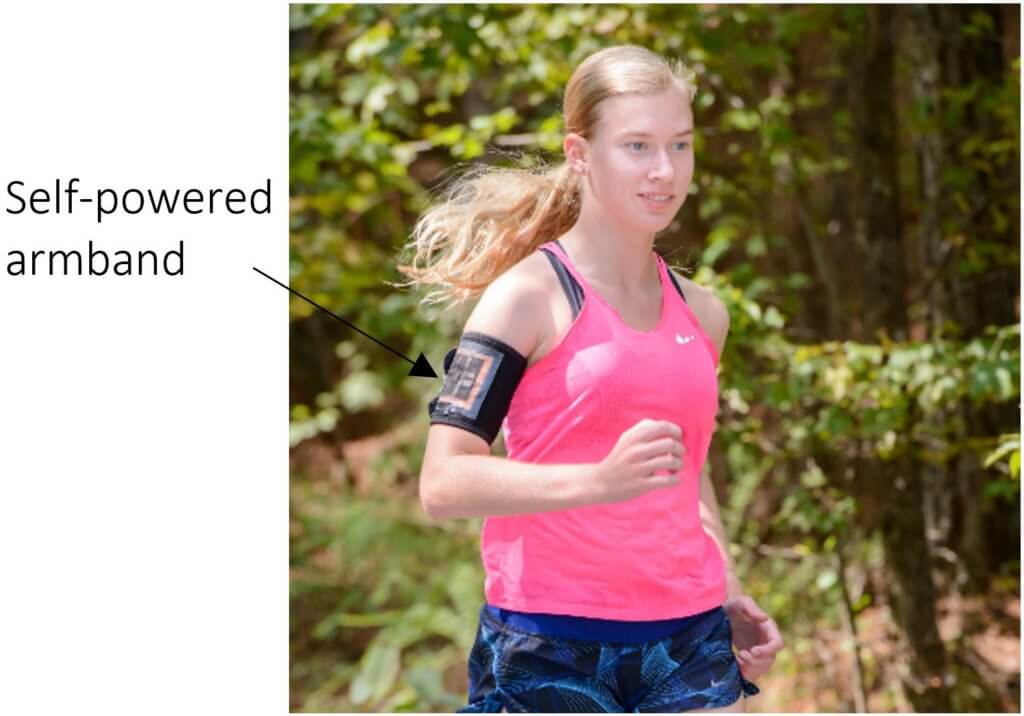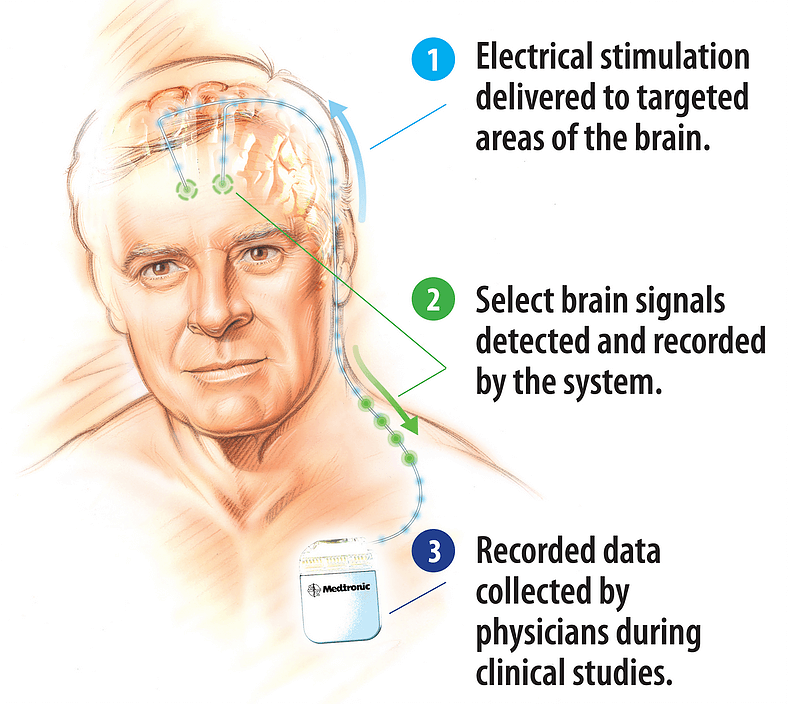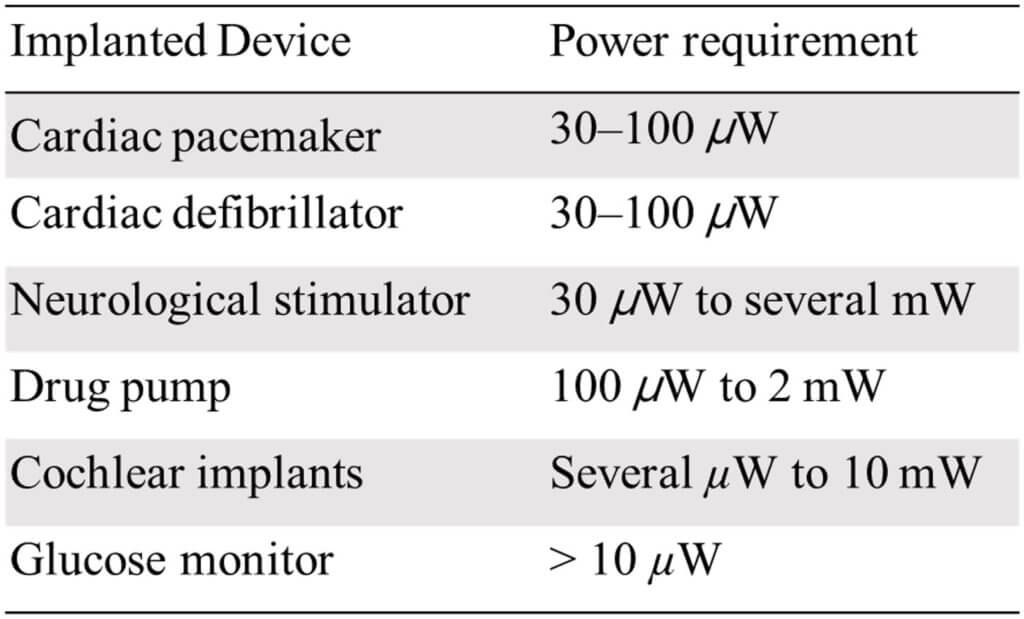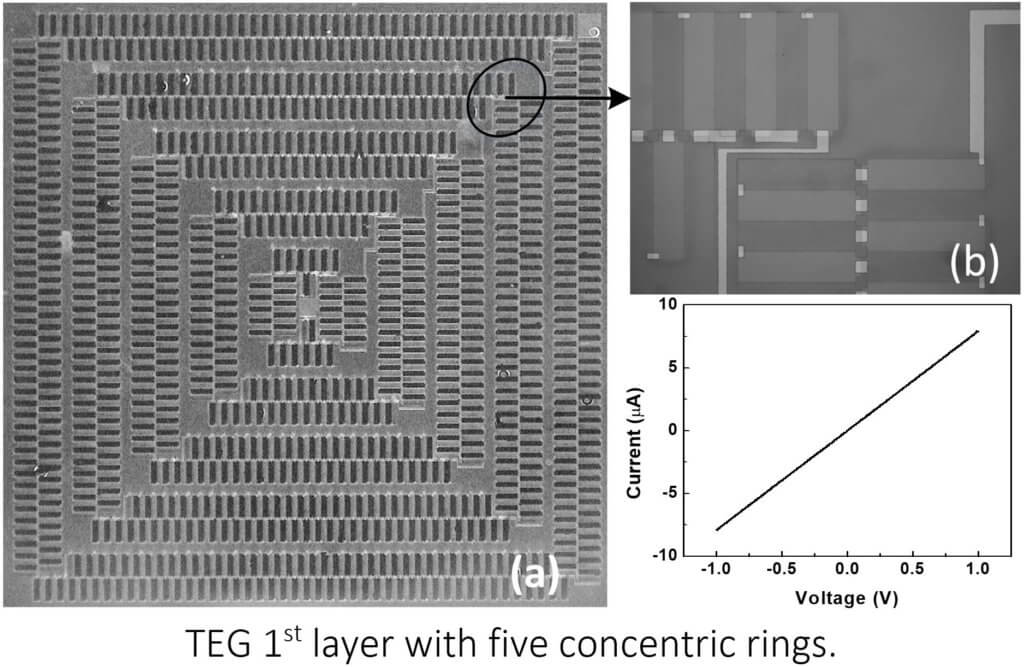Thermoelectric generators can convert body heat to electrical energy providing a continuous source of energy for low power electronics. Small and lightweight thermoelectric generators can be integrated into wearable devices making battery-less devices a reality. Studies have shown that a large fraction of the users stops using their wearables after a few months partly caused by the need for frequent charging. The solution is to make such wearables self-powered eliminating the need for recharging or replacing the batteries. Such a feat would also enable the use of wearables in clinical applications. For instance, self-powered devices would allow physicians to monitor continuously the state of their elderly patients after they are discharged from the hospital.


Ref: Medtronic, Inc.
A similar motivation exists for powering implantable devices. Implantable devices such as deep brain stimulators, cochlear implants, cardiac pacemakers, cardiac defibrillators, or glucose monitors often require 10-100 microwatt to operate, which is in the range that TEGs can provide.


In addition to wellness and health monitoring, connected networks of self-powered sensors could inform decisions in industrial manufacturing, precision agriculture, environmental monitoring, surveying and civil engineering, and of course smart and connected homes.
To date, commercial thermoelectric devices are fabricated in a similar way as they were made fifty years ago. They are bulky with only dozens of millimeter-scale elements per device, as such, their output voltage is too low (a few milli-volts) and their form factor is not appropriate for wearable applications. The objective of this research is to make a novel device architecture that enables integration and stacking of thousands of microscale thermoelectric elements per centimeter square. The new device is thin and lightweight, and can generate several volts from body heat appropriate for various wearable applications. Moreover, the fabrication process will be wafer-scale relying on mature industry compatible processes, which makes it a viable technology for commercialization.
It achieves this performance enhancement thanks to an entirely new device architecture, which allows stacking of thin film elements in a three-dimensional construction, and self-vacuum-sealing that minimizes parasitic heat losses. The approach not only enables vacuum encapsulation but also allows making a thin-film device in which the thermoelectric length is independent of the thickness of the deposited film. This is a significant improvement over conventional architectures since optimization of the electrical and thermal resistances of the elements can be achieved independently of the film thickness.

Industry compatible, the wafer-scale micro-fabrication process will be used to fabricate the three-dimensional thermoelectric generator on inexpensive silicon wafers. The fabrication will rely on mature processes and techniques used in micro-electro-mechanical-systems integration.